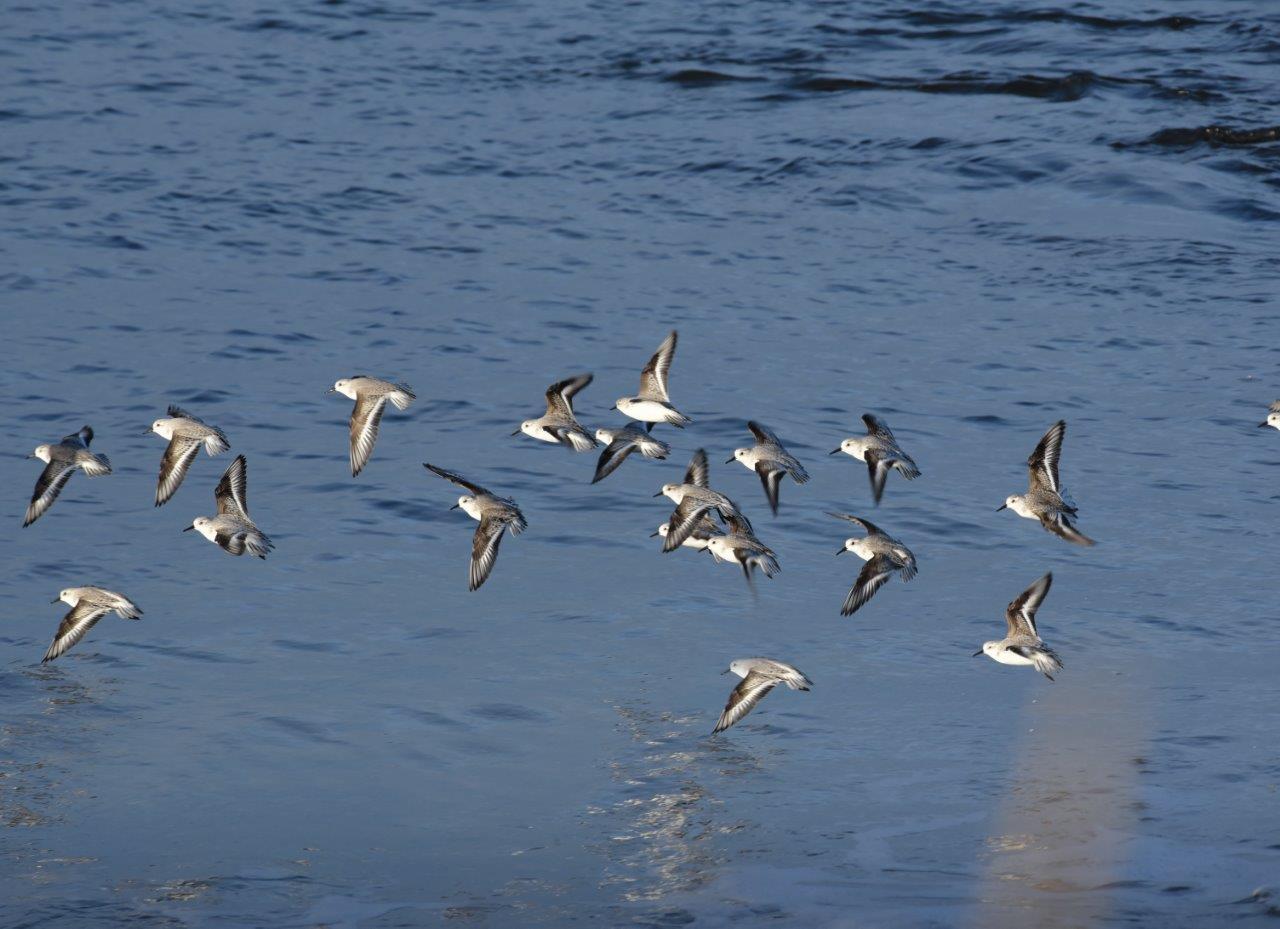
Wild Wight in winter – what to look out for on your journey
As you board a Wightlink ferry from the mainland to the Isle of Wight, you are about to sail from one Heritage Coast to another, across a very special stretch of water, teeming with wildlife above and below the surface. So grab your binoculars and join us for a winter sea safari as we discover what you can see on your trip across the Solent with expert Dave Fairlamb from Natural Links.
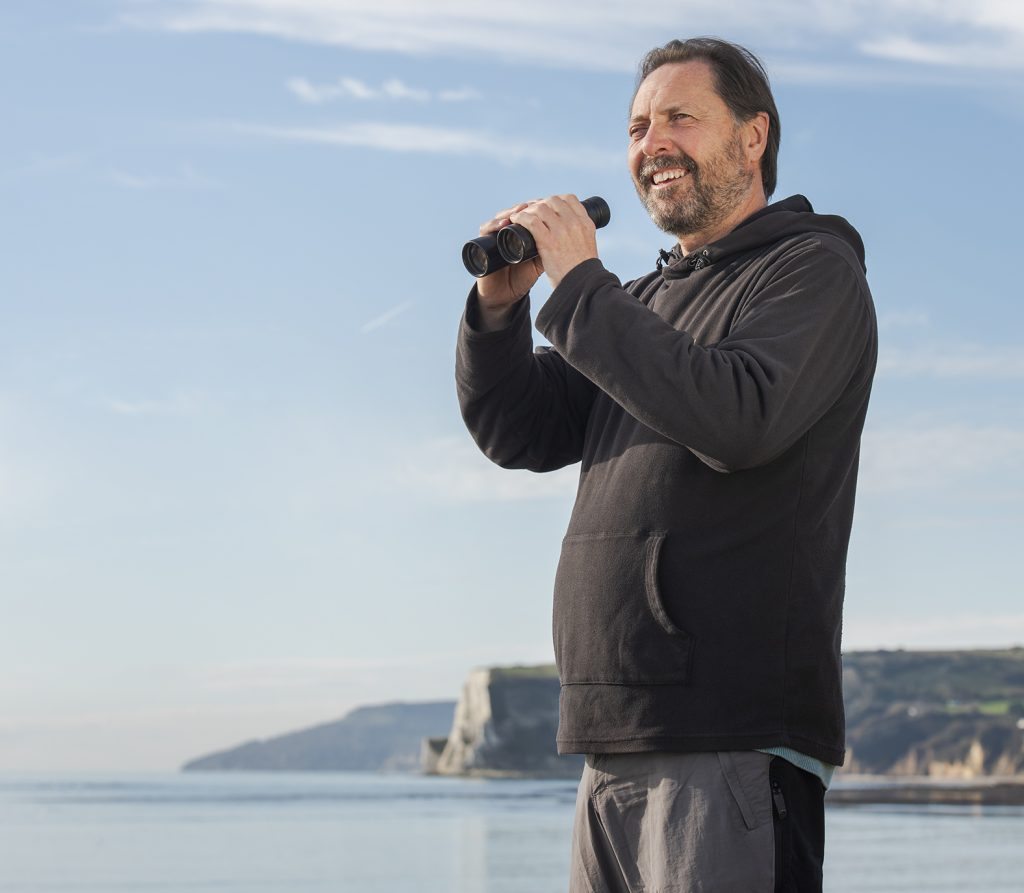
Special Solent
The Solent is a submerged valley formed around 7,500 years ago and holds vast beds of seagrass, chalky reefs and intertidal flats. It is home to an amazing array of wildlife including seahorses, cuttlefish, seals, cetaceans and thousands of wildfowl and wading birds, especially on the coastlines. Stepping onto one of our ferries, you are setting foot in a UNESCO Biosphere Reserve, designated for its outstanding ecology and culture, which covers most of the Solent and all of the Isle of Wight’s land surface.
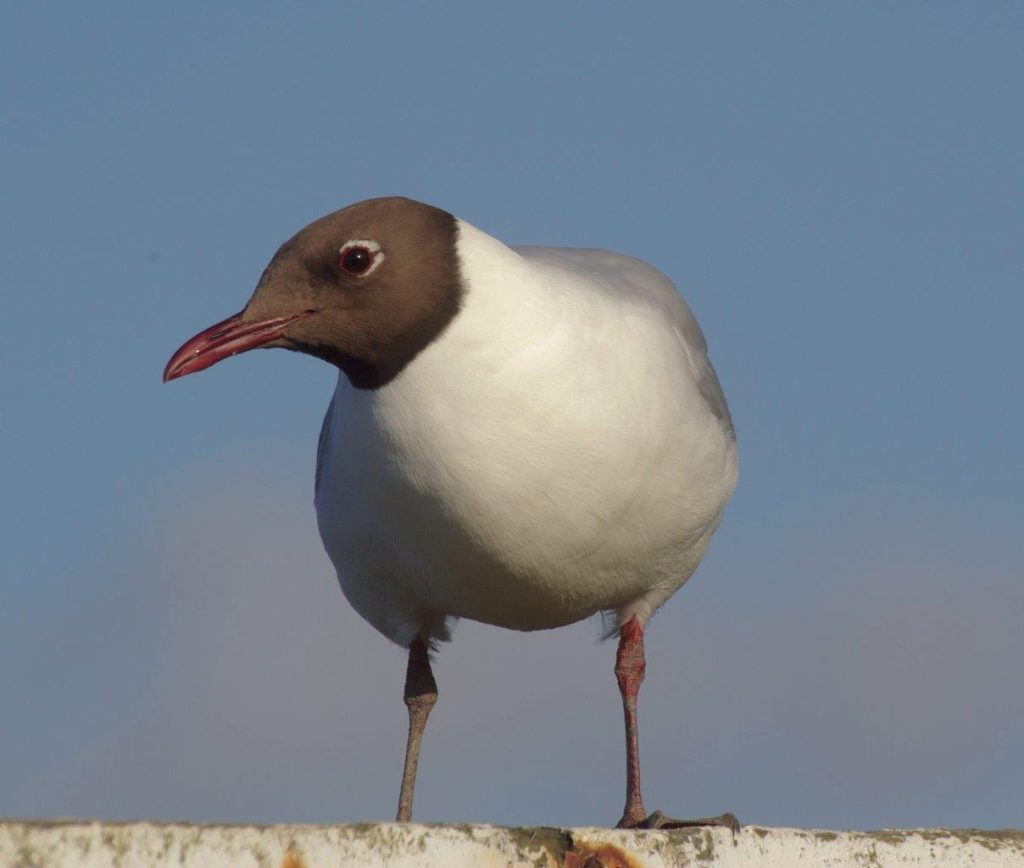
Wings over the Waves
As soon as your ferry leaves Portsmouth or Lymington into the waters of the Solent, birds will be in the air, with gulls often flying in the wake of the boat. Several species can be present, including Black-headed, Common, Great Black-backed and Mediterranean Gulls. The largest seabirds in the UK, Gannets with their 2-metre wingspans, effortlessly glide over the waves as they pass through the Solent on their way to their breeding colonies further north and an increasing number of Sandwich Terns spend the entire year here, plunge diving for small fish in the shallows.
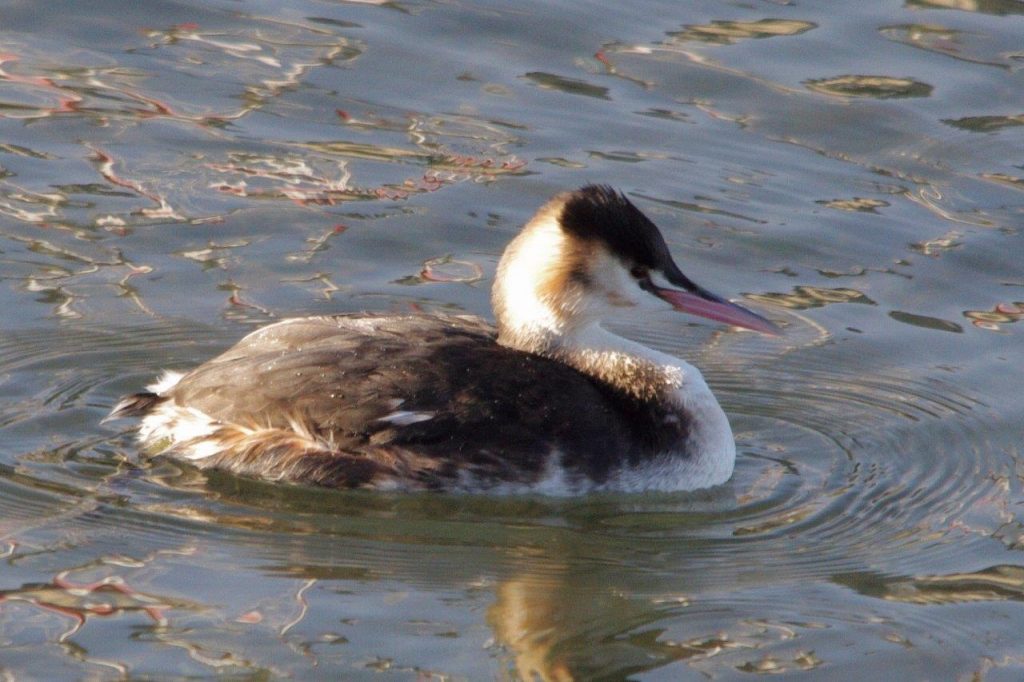
Diving Deep
Cormorants can be seen on the open sea, diving deep to the sea bed in search of fish and returning to the surface to eat their catch. These large, black-plumaged seabirds are also known as Sea Crows and can be sometimes seen perched on buoys, with wings outstretched, drying out their feathers. Other birds of the open sea include Red-throated Divers, Great Crested Grebes and occasionally Common Scoters and Eider Ducks, all diving specialists.
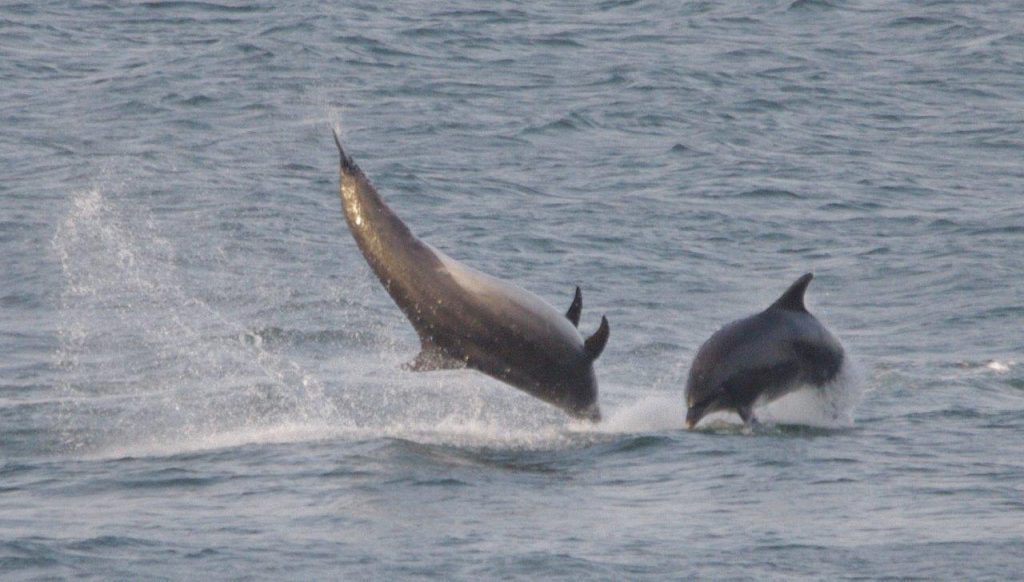
Breaking the Surface
Occasionally, a break on the surface of the water can lead to sightings of Harbour Porpoises as these aquatic mammals take in air. Identified by their small triangular fins, set just past the centres of their backs and their short blunt ‘beaks’, they are the most common of the cetaceans in the Solent, but there is always the chance of seeing Common and Bottlenose Dolphins, which can sometimes ‘breach’, leaping out of the water entirely. Common Seals, also known as Harbour Seals, have taken up residence in the Solent over the last two decades, with up to 50 recorded on recent surveys and smaller numbers of Grey Seals are now also present. Both species may be seen bobbing around on the surface as they breathe or take a rest from swimming, an action known as ‘bottling’.
Call of the Wild
On approaching the Isle of Wight, the Ryde to Fishbourne coastline is one the main areas for Brent Geese, which breed in Siberia and migrate south to overwinter around the southern shores of England from October through to March. Several thousands of the ‘dark-bellied’ race of Brents frequent the Solent and their distinctive ‘cr-onk’, almost ‘purring’ calls bring a sense of wildness to the seascape, especially when joined by the bubbling calls of Curlews that feed on the shore.

Birds of the Edge
As well as Curlews, the sandflats of Ryde and the estuary at Fishbourne are home to several other species of wading birds, most notably Sanderlings, visitors from the high Arctic, which busily feed in flocks along the edge of the tideline, and they are often joined by other small waders such as Turnstones, Ringed Plovers and Dunlins. Redshanks, with their long red legs, probe for food in the intertidal mud and the bold black and white colours of Oystercatchers, with their bright orange bills, catch the eye as they patrol for cockles and mussels.
Towering over the wading birds, Grey Herons stand tall and still, poised waiting to strike for fish that swim within reach, and their smaller relatives, Little Egrets, with their pure white plumage dart among the tidal pools. Other large white birds are conspicuous near the shoreline, with Mute Swans gathering together in flocks, especially by Ryde Pier. They are one of the heaviest flying birds in the world and will run along the surface of the sea, gaining speed, while flapping their wings to take flight. Once aloft, they have slow, graceful wingbeats which make a humming sound against the air.
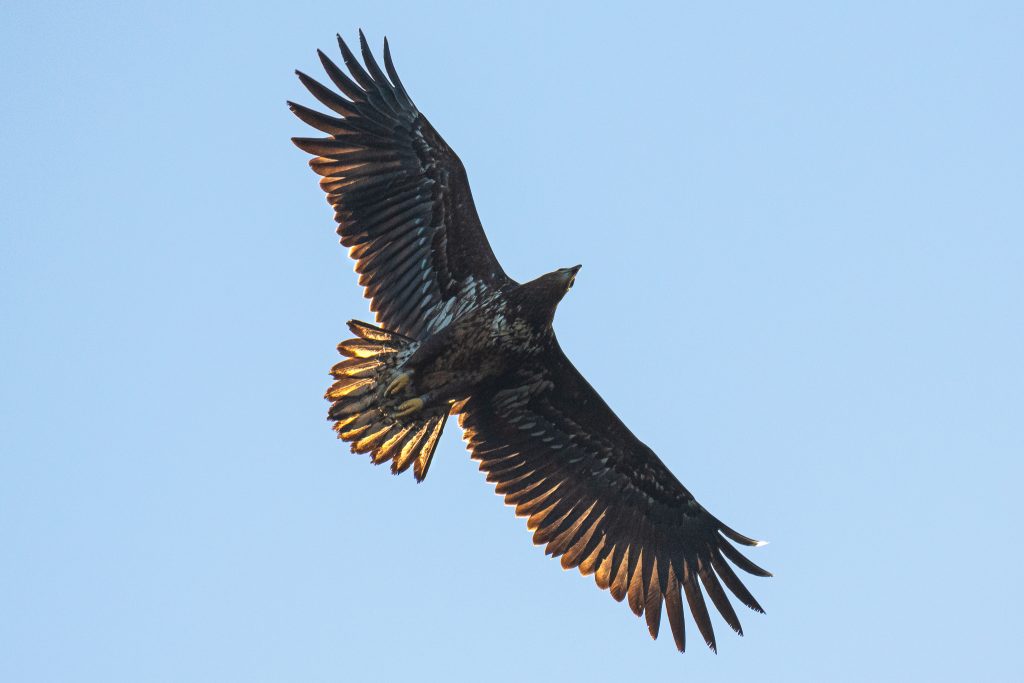
Leviathans of the Sky
After a reintroduction to the Isle of Wight, beginning in 2019, White-tailed Eagles, now grace the skies over the Solent. Standing a metre tall and with a wingspan of 2.5 metres, these enigmatic Eagles are one of the largest birds of prey in the world and are now establishing themselves in the area, with breeding attempts expected in the next couple of years.
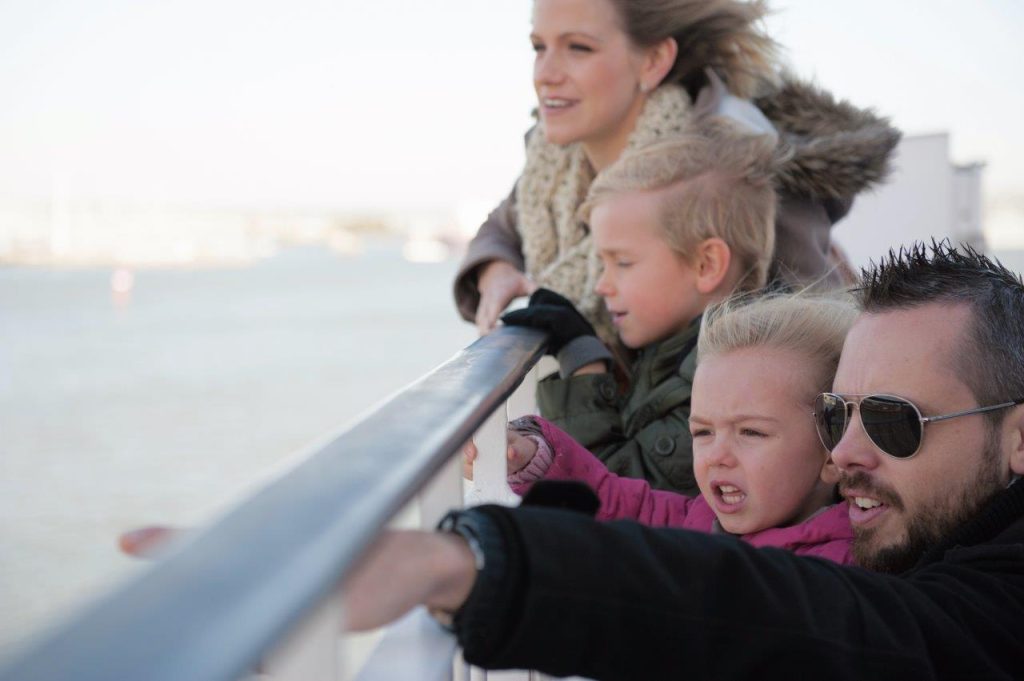
Working for Wildlife
Several organisations and conservation charities work for the benefit of wildlife in the Solent and the surrounding coastlines and run events and engagement activities to get people closer to nature. Bird Aware Solent raises awareness of the important numbers of wildfowl and wading birds present from autumn through to early spring. The Hampshire & Isle of Wight Wildlife Trust’s ‘Secrets of the Solent’ project shines a spotlight on the vibrant marine life of this special stretch of water and you’ll sometimes find their Marine Champions onboard our ferries.
Get closer to nature and find out more from these brilliant organisations:
ℹ️ A version of this article by Dave Fairlamb of Natural Links first appeared in Wightlife magazine.
